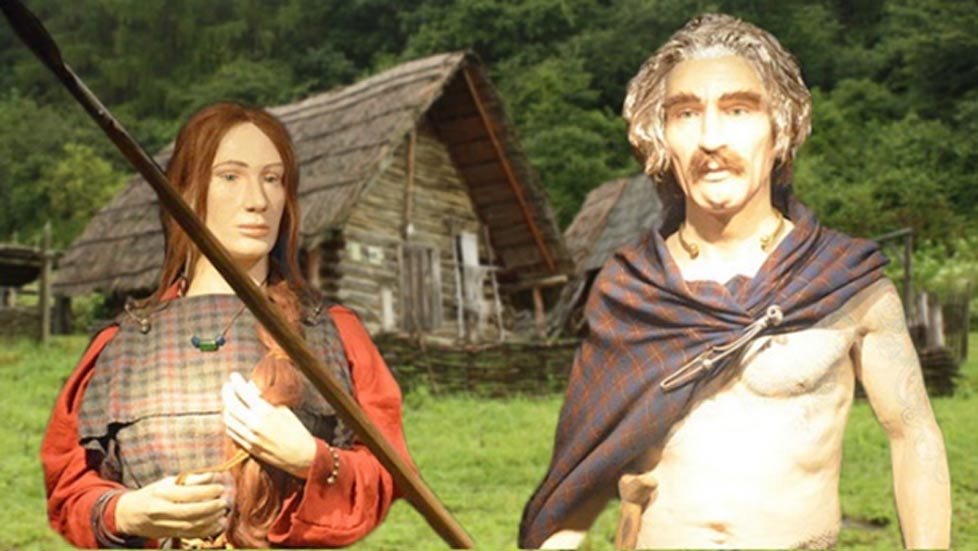
Questions of Identity: Who are the Europeans?
Many of us with European heritage are confused about identity. Regardless of where we now live – Europe, North America, Australia or elsewhere - questions arise such as “where is the homeland, what are our origins and who dispossessed whom”? Are we really even ‘European’?
Europe might have been the part of the world where our grandparents and more distant ancestors once lived, but that does not necessarily mean that those people were indigenous to Europe. In particular, there is a lot of confusion about the identity of Celts. By focusing on the origins of Celts and others, more than 5,000 years ago, using recently published genetic data and other analytical tools, it is possible to discover that there is more to history of the Welsh, Scots and Irish – the people usually referred to as ‘Celts’ - than many realize.
The very word ‘Celt’ arouses romantic notions of a proud people, associated with Druids. We tend to think of them as a sensitive spiritual people, in touch with Earth, who were brutally crushed by Romans. Much of what we know about Celts, however, is through the Romans. We experience the Celts through Roman eyes as wild and uncivilized, living in mud huts; in contrast with the Romans who built cities and beautiful villas. No wonder that we think of Romans as more ‘civilized’ and the Celts as backward and primitive.
The Ambitious Romans and What Might Have Been
We also have strong feelings about Romans. With their symbol of the eagle, we are aware of their ruthless drive to achieve goals. There is without doubt a dark side to Roman influence; one that some of us are not aware of. It concerns their role in our descent into ignorance and the Dark Ages. It was, after all, thanks to the Roman empire morphing into the Catholic Church that we lost much knowledge about our ancient origins, and religion became a form of empty mind control.
Had the Romans been less successful, and the Celts victorious against them, we might have inherited a different approach to religion. There is no doubt that, even today, the Celtic Church is subtly different from the Roman Catholic Church. These differences of religion are not enough, however, paint a clear picture of the Celts. A Celt is clearly more than a non-Roman.
There are three key criteria: language, customs and genes for identifying a ‘people’. Even if they didn’t have a written script, Celts had a distinct Celtic language; as well as identifiably Celtic customs. Data on genetic material, however, supports a shocking fact: Celts and Romans were related.
Celts and Romans share the same common ancestry and the same original homeland. Their languages have the same roots as well as shared genetic material. Admittedly the link is pre-historic but it nonetheless explains certain aspects of both Celts and Romans. They are both Indo-European tribes and were once part of this collection of people:
Albanian, Anatolian, Armenian, Baltic, Celtic, Germanic, Greek, Indo-Iranian, Italic, Paleo-Balkan, Slavic, Tocharian - not Hungarian, or Basque, or Egyptian.
The connection between these languages was discovered in the 19th century when it was realized that Indian Sanskrit, even though written in a different alphabet, had the same roots as European languages. Given their common roots, it follows that these tribes must have all once lived together. Otherwise one has the image of ancient Celts travelling thousands of miles to let the Indians know that the latest word for ‘x’ is now ‘y’. Much research has gone into studying the close parallels between Celts, Hindus and the Sanskrit Vedas in terms of not just language but law, mythology and religion.




